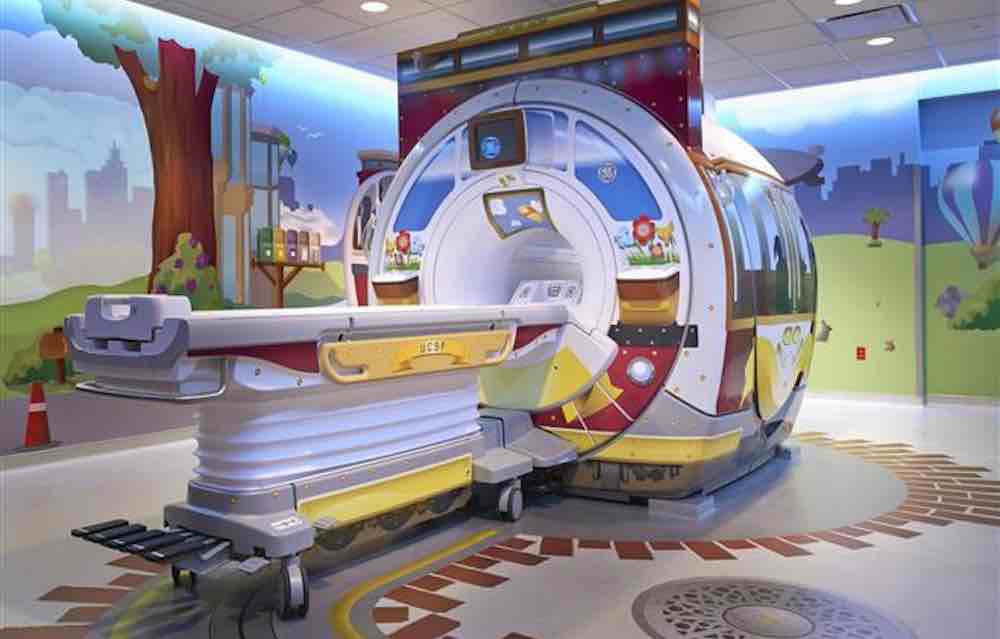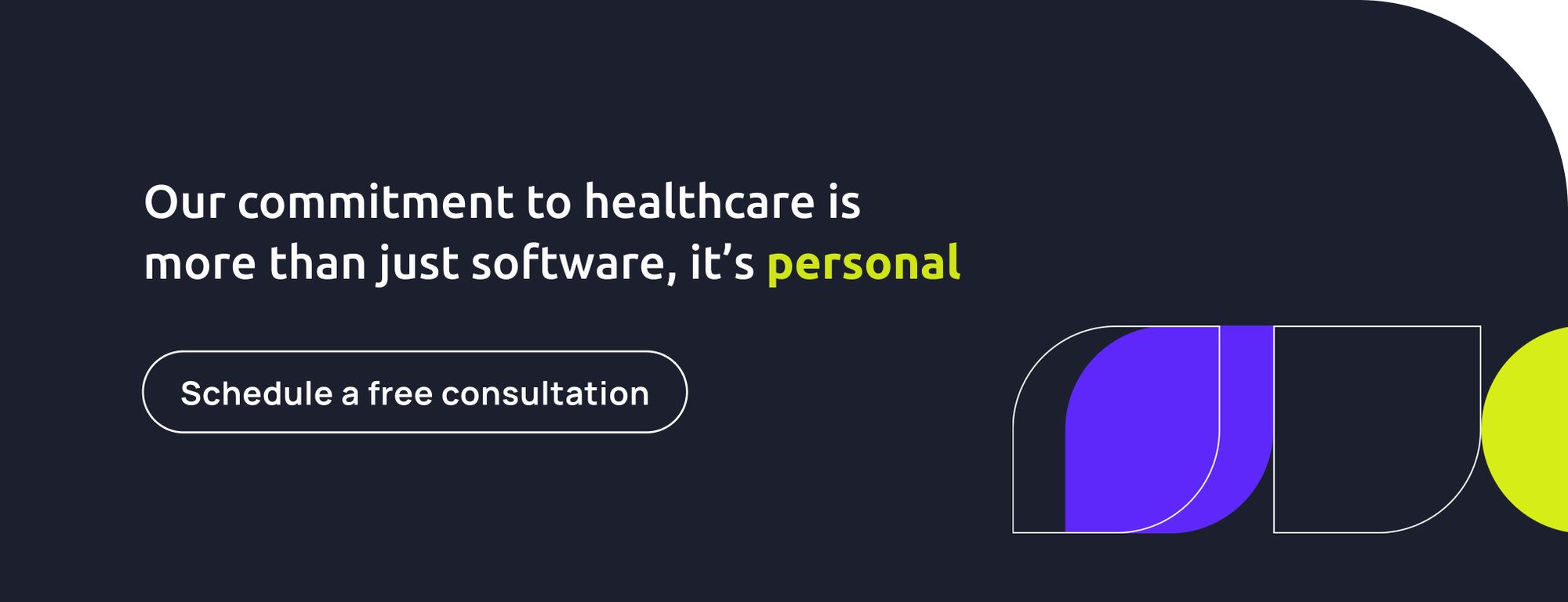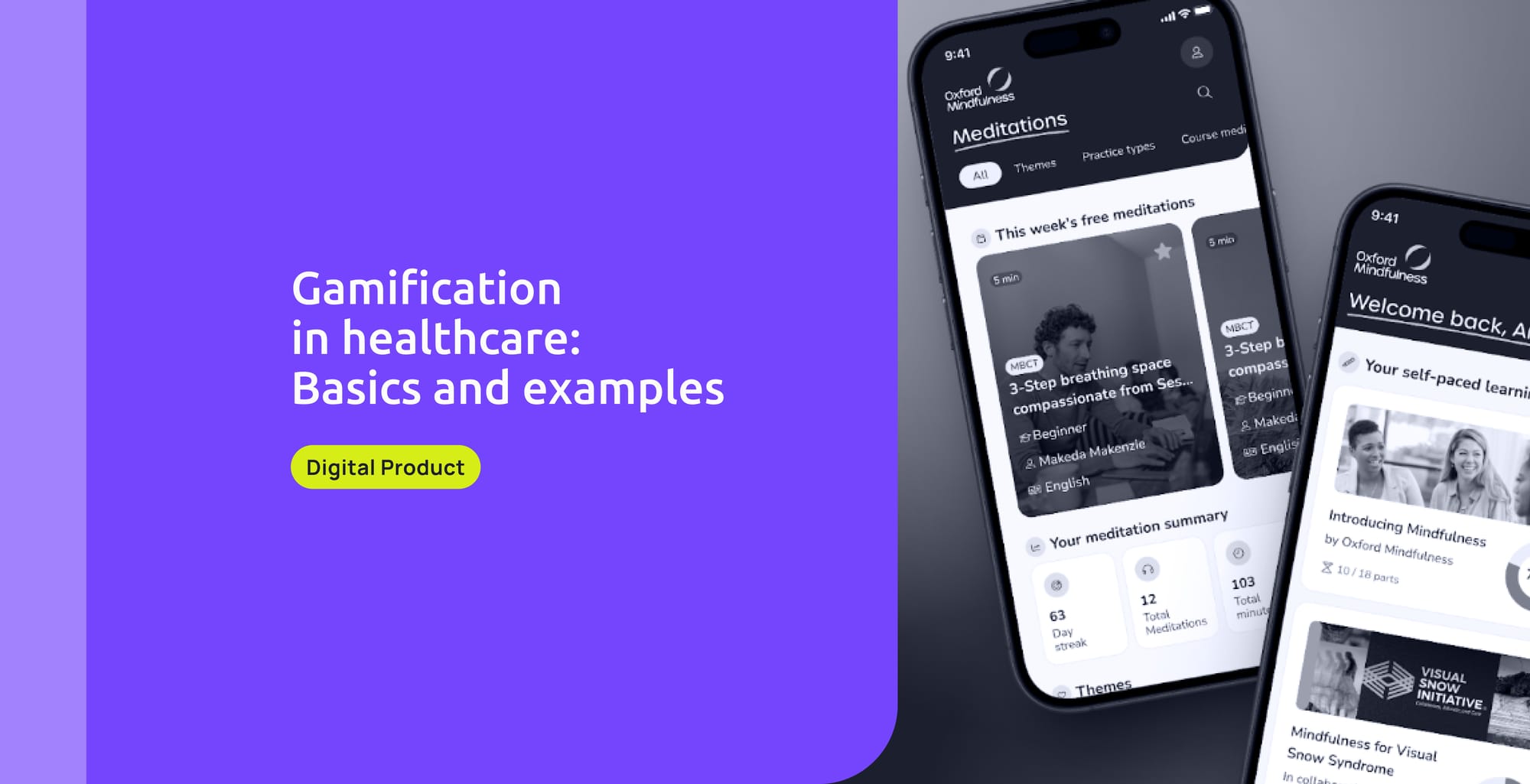For us humans, play is integral to brain development, fostering cognitive, social, physical, and emotional growth. We’re wired to learn through play, and it's something we continue to enjoy well into adulthood (shoutout to all the video games and board games we can’t put down!). Given how central play is to our lives, it's only logical that we’d exploit its power in healthcare product development to boost engagement and outcomes.
What is gamification?
In short, gamification, as defined by the Cambridge Dictionary, is the practice of integrating game-like elements into non-game activities to make them more engaging and enjoyable. And let's be real, who doesn’t love games? Play is fundamentally ingrained in human nature; it's a powerful motivator and teacher.
How can gamification apply in healthcare products?
The process of integrating game mechanics and game design principles into non-game contexts helps with motivation and can even help change conducts. By making an experience interactive, we can
- Teach and change habits
- Improve and guarantee increased satisfaction
Gamifying healthcare is not something new. Doctors (and parents) have been using reward tactics to get kids to accept awful-tasting medicine or just vaccines.
But let's dive deeper. Let's take MRI’s for instance.
GE Healthcare’s Global Design team took a hands-on approach in creating The Adventure Series. By transforming the room with visuals or music, the experience of having an MRI becomes more enjoyable for both children and parents. The goal was to make the entire process more kid-friendly and less intimidating, and it worked. As a result, kids feel less stressed and are more willing to cooperate with professionals to complete the necessary procedures. And this was 15 years ago!

Another approach to the same issue is The Penguinaut Trainer,an MRI simulation game created to support emotional well-being in children undergoing the procedure.
The concept combines several effective therapies for easing anxiety, encouraging relaxation, and increasing collaboration among kids. It blends play therapy with virtual reality exposure therapy and personalized patient information. This story combines all these elements in a fun, kid-friendly way, taking children on a journey through a radiology exam and gently introducing them to the experience of a virtual MRI scan.

But, as we said, fun and games are not only for little kids.
More often than not, treatments and routines in healthcare are not amicable. They interrupt the patient and their family’s life. Sometimes just for a brief period, but in today's world where chronic illnesses are at an all-time high, providers need all the tools they can get to enhance treatment adoption and behavioral change.
This is where gamification comes in, especially in digital products
Elements of Gamification and examples
When one thinks of gamification usually games come to mind (or Duolingo, the masters of gamifying education), but in reality, there are a bunch of elements and mechanics that can be incorporated into a digital product in a non-game context that can help engagement and make a better experience for patients in general.
But what are game mechanics? Basically, they are the rules, procedures, and systems that make games fun and engaging.
Here are some of these key mechanics and dynamics with some tangible examples to illustrate how to implement them
Rewards
In gamification, rewards encourage people to keep participating and completing tasks. Think of them as incentives. Rewards can come in different forms, like earning virtual money, unlocking achievements (such as badges or trophies), leveling up, or getting access to unique content. These rewards make the experience more fun and give users something to work toward.
In sports and fitness products this is very common. Lets take Fit bit for example.
Fitbit encourages users to stay active by awarding virtual badges for achieving milestones, such as walking a certain number of steps in a day or climbing a specific number of floors. These badges serve as visual rewards, motivating users to maintain or increase their physical activity levels.
Nike Run Club is another great example. It offers achievement badges to users for completing specific running goals, like their first run, fastest 5K, or longest distance. These badges provide a sense of accomplishment and encourage users to set and achieve new personal records.
Feedback
Feedback in gamification is about providing users with real-time information about how they're doing. It’s like a progress report. Feedback helps users see where they stand, whether they’re improving or need to do more. It can be shown through things like progress bars (showing how far they've come), notifications (alerts when something happens), and status updates (telling them what they've achieved so far). This keeps them motivated and engaged.
A very fun example is Waterllama. Waterllama uses playful animal characters and badges to reward users for meeting hydration goals. As users log drinks, their character fills up with water, offering a fun progress cue. Completing challenges unlocks new characters, making healthy habits feel rewarding and engaging.
Progression
Progression refers to the growth and advancement users feel as they interact with the system. It's like leveling up in a game. As users complete tasks, face challenges, or go through stages, they unlock new levels, rewards, or opportunities. This gives them a feeling of accomplishment and keeps them returning to improve and master the system.
The most clear example is Apple health. Apple Health tracks a wide range of health metrics, including steps, exercise minutes, and sleep. It provides visual progress indicators, such as rings that fill up as users meet daily activity goals (Move, Exercise, Stand). Users receive notifications and rewards when they complete goals, encouraging them to stay active and maintain a healthy lifestyle.
This mechanic can be also implemented in a mental health product. At Light-it we worked alongside the Oxford Mindfulness Foundation to develop their app. In it we can see progression incorporated by showing users their progress within a course and their meditation streak.
Competition
Competition taps into the desire to win and be the best. By adding competitive elements like leaderboards, rankings, and challenges, this mechanic motivates users to compete against each other. It creates a rivalry and pushes people to perform better to gain rewards or recognition. This makes the experience more exciting and engaging.
Honestly, the easiest way to explain this is to bring up Nike Run Club again. Nike Run Club’s leaderboard lets users compare their running performance with friends and others. As they log runs, they can track their rankings and earn badges for reaching milestones, adding a competitive edge that motivates users to stay active and improve their performance.
Community Tactics
This refers to strategies that use social elements to strengthen user engagement and motivation. These tactics create a sense of connection, collaboration, and accountability within a group or community. By fostering interaction, support, and shared goals, community tactics encourage users to stay committed to their health objectives, for example.
Strava really drives this point home. They enables users to join clubs based on interests or locations, creating a community of like-minded athletes. The Kudos system allows users to acknowledge each other's activities, promoting positive reinforcement and motivation.

Where does AI fall into?
Integrating AI into gamification helps make user experiences more immersive and interactive by dynamically adjusting to the user’s actions, learning from past interactions, and offering customized feedback. This leads to more engaged users who are likely to continue participating because the system feels relevant to them, and it keeps them challenged at the right level.
- Data-Driven Personalization: AI allows gamified systems to gather and analyze user data to create personalized experiences. For example, based on how a user interacts with the system (such as the challenges they prefer or how often they engage), the system can adjust to better suit their interests or needs. This makes the game or system feel more relevant and engaging for each user.
- Predictive Modeling: AI can predict what a user might do next or what kind of challenges or rewards would most motivate them. This involves using data to foresee patterns in behavior. For instance, if AI detects that a user tends to stop treatment after a certain point, it might suggest a more straightforward task to encourage them to continue, or offer rewards that re-engage them.
- Real-Time Adaptability: With AI, gamified systems can adapt on the go. If a user struggles with a certain level or task, the system can adjust the difficulty in real time to match their capabilities. This ensures that users are neither too bored (if it’s too easy) nor too frustrated (if it’s too difficult), creating an optimal experience that keeps them inspired and adhered to treatment.
Ethical Considerations and Risks in Gamifying Healthcare:
So gamification seems like the way to go, right? Right… Let's go over some considerations before jumping into the plunge, that we need to consider to build and design great products while using this fantastic tool.
- Gamification can nudge patients into behaviors that may not align with their best interests. For example, using rewards might encourage unhealthy habits (e.g., over-exercising for points) or may incentivize patients to follow a treatment plan purely for the sake of rewards rather than genuine health benefits. Ensuring that gamified systems are designed ethically to prioritize patient health over gamified achievements it’s important.
- Gamification systems often focus on measurable outcomes (like steps taken or calories burned). This could shift focus away from more holistic aspects of health, like emotional well-being or social connection. There's also the risk that patients may feel pressure to meet numerical goals, leading to anxiety or unhealthy behaviors, such as obsessing over metrics.
- There are no clear, universally accepted standards or regulations for gamified healthcare systems. Without oversight, developers might create systems prioritizing engagement and profit over patient well-being. Clear ethical guidelines and regulations are necessary to ensure that gamification in healthcare is used responsibly and ethically.
Final thoughts:
Without question, integrating gamification into a digital healthcare product offers numerous advantages. From enhancing patient engagement and motivating long-term health goals to personalizing treatment plans and reducing overall healthcare costs, the benefits are clear. While not every aspect of healthcare can be treated like a game, there’s no reason it can’t be made more engaging and enjoyable. By incorporating playful, interactive elements, gamification transforms health management into a more dynamic, patient-centered experience, driving better outcomes and greater satisfaction. Ultimately, it’s a powerful tool combining technology and human motivation for a healthier future.


